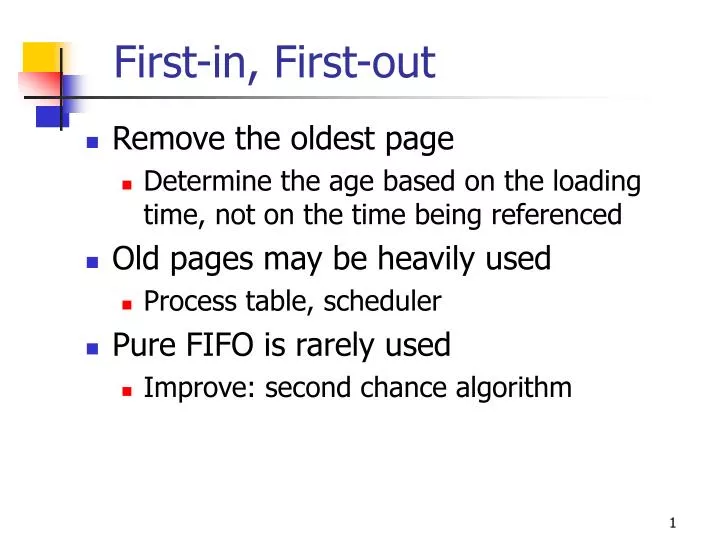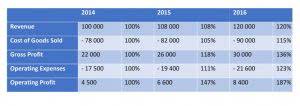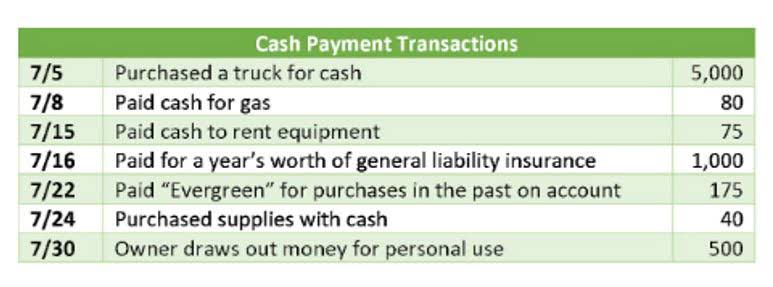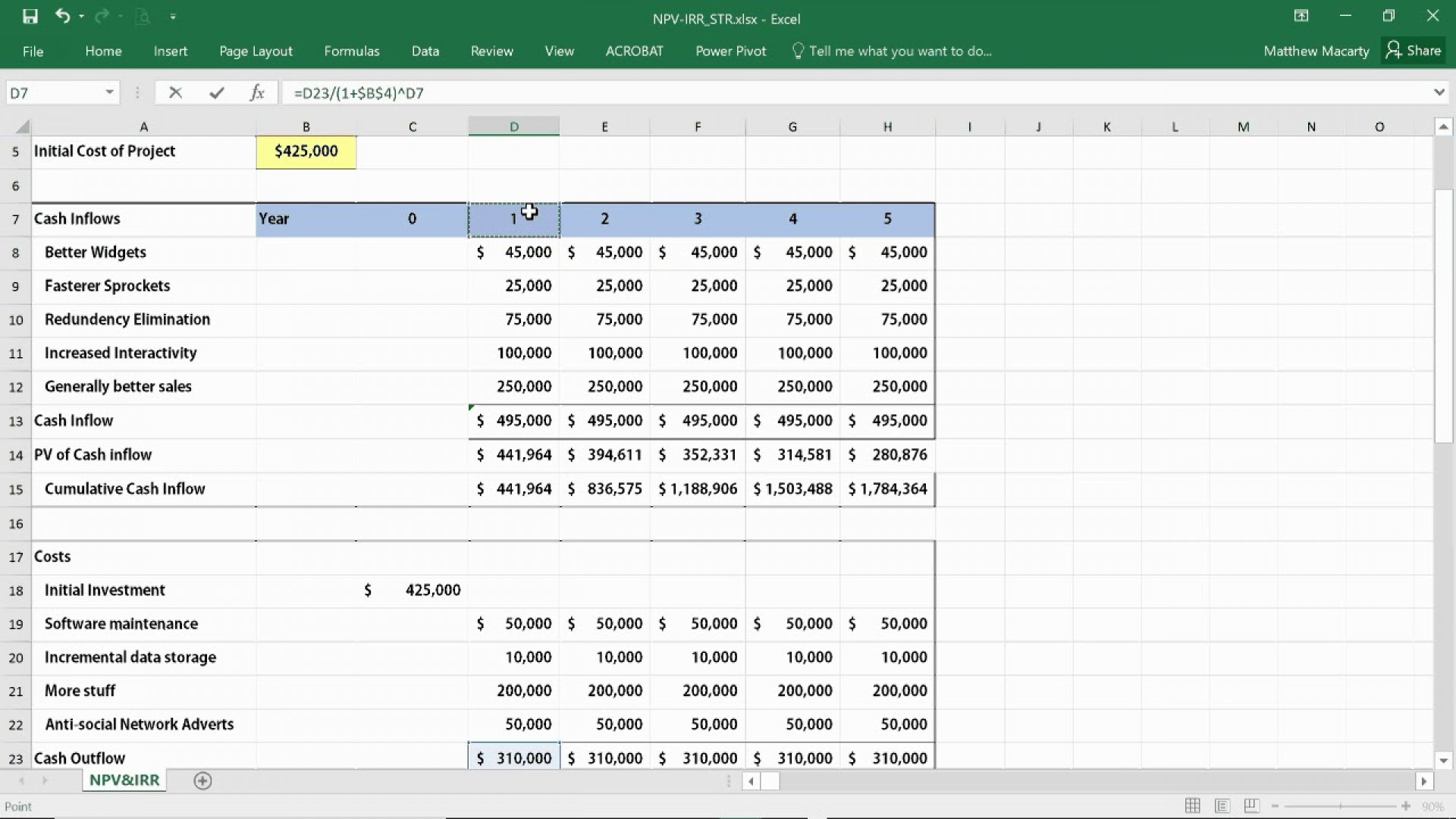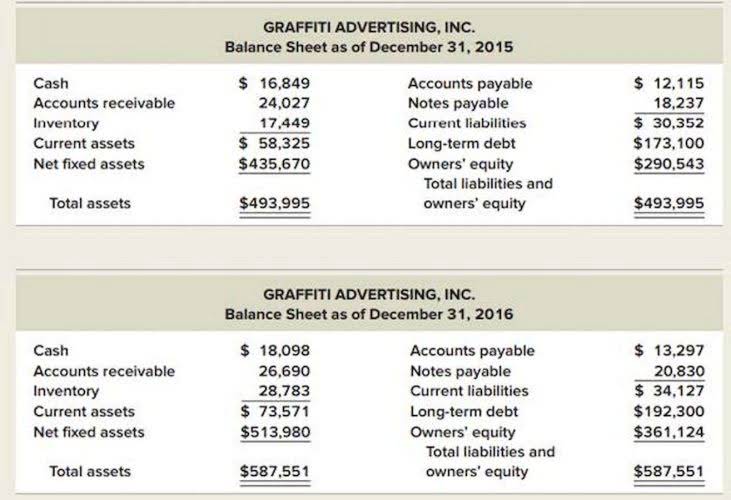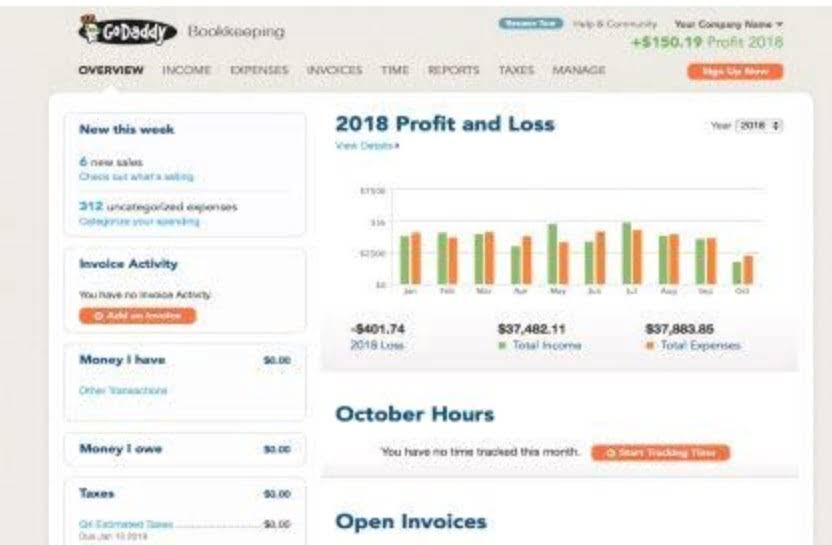Accounting Research Bulletins Wikipedia
Accounting Research Bulletins (ARBs) were a series of publications issued by the Committee on Accounting Procedure (CAP) of the American Institute of Certified Public Accountants (AICPA) between 1939 and 1959. The purpose of these bulletins was to provide guidance, interpretations, and recommendations on various accounting principles and practices. Accounting Research Bulletins are issuances of the Committee on Accounting Procedure (CAP), which was part of the American Institute of Certified Public Accountants (AICPA). The bulletins were issued during the 1939 to 1959 time period, and were an early effort to rationalize the general practice of accounting as it existed at that time.
List of Accounting Research Bulletins
Later, in 1973, the Financial Accounting Standards Board (FASB) was established as the new independent standard-setting body in the U.S., replacing the APB. The FASB developed the Generally Accepted Accounting Principles (GAAP), which is the current framework for accounting standards in accounting research bulletin no 43 the United States. Over time, many of the ARBs were superseded or incorporated into the GAAP framework as accounting standards evolved.
What are Accounting Research Bulletins?
Accounting Research Bulletins were documents issued by the US Committee on Accounting Procedure between 1938 and 1959 on various accounting problems. ARB No. 43, along with other ARBs, played an essential role in shaping accounting practices in the United States during its time. However, as mentioned earlier, many of the ARBs have been superseded or incorporated into the current Generally Accepted Accounting Principles (GAAP) framework as accounting standards have evolved.
- However, the ARBs were criticized for being based on individual cases and lacking a coherent framework or a set of underlying principles.
- The purpose of these bulletins was to provide guidance, interpretations, and recommendations on various accounting principles and practices.
- The bulletins were issued during the 1939 to 1959 time period, and were an early effort to rationalize the general practice of accounting as it existed at that time.
- ARB No. 43, along with other ARBs, played an essential role in shaping accounting practices in the United States during its time.
Some of these issuances dealt with topics that were highly specific to the era, such as Accounting for Special Reserves Arising Out of the War (ARB 13) and Renegotiation of War Contracts (ARB 15). In 1959, the AICPA replaced the Committee on Accounting Procedure with the Accounting Principles Board (APB), which took over the role of setting accounting standards in the United States. The Committee on Accounting Procedure was an early standard-setting body in the United States and aimed to improve accounting practices and increase consistency and comparability among financial statements. All of the accounting positions in the bulletins have since been superseded, but some of the text in the bulletins has been integrated into the successor accounting standards, which are part of Generally Accepted Accounting Principles (GAAP). The best known of the accounting research bulletins was ARB No. 43, which aggregated the information found in the earlier bulletins.
FAR CPA Practice Questions: Capital Account Activity in Pass-through Entities
It emphasized that the primary basis of accounting for inventory is cost, which is defined as the sum of the applicable expenditures and charges directly or indirectly incurred in bringing an article to its existing condition and location.
The CAP was replaced by the Accounting Principles Board, which in turn was later replaced by the Financial Accounting Standards Board (FASB). The FASB continues to issue accounting standards on a variety of topics, most of which are aligned with the standards issued by the International Accounting Standards Board (IASB). In total, 51 ARBs were issued, covering topics such as revenue recognition, depreciation, inventory valuation, consolidations, and contingencies, among others. However, the ARBs were criticized for being based on individual cases and lacking a coherent framework or a set of underlying principles. One example of an Accounting Research Bulletin (ARB) is ARB No. 43, “Restatement and Revision of Accounting Research Bulletins,” which was issued in June 1953. ARB No. 43 is particularly noteworthy because it served as a comprehensive restatement and revision of the previously issued ARBs, consolidating and updating the guidance contained in those bulletins.







